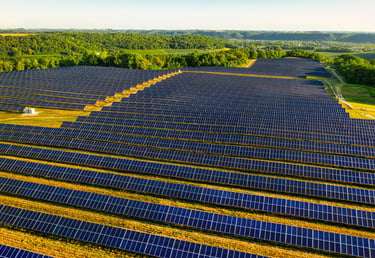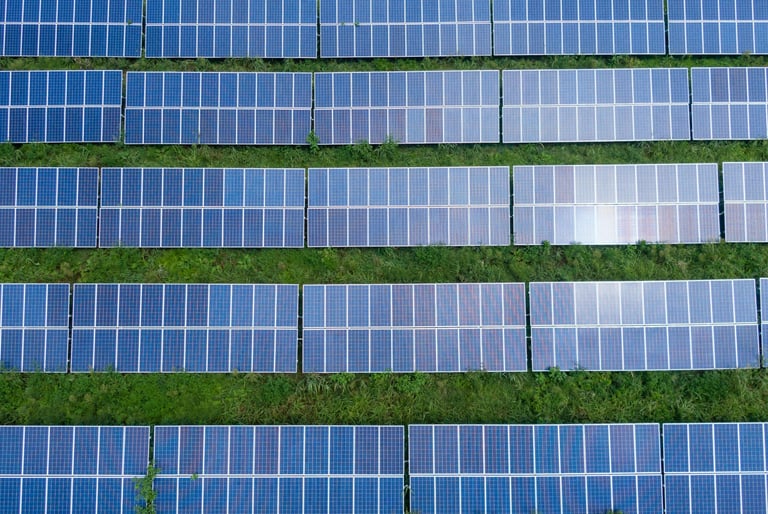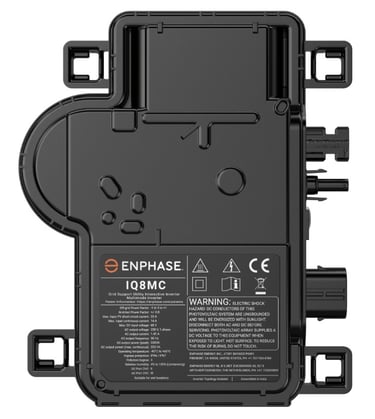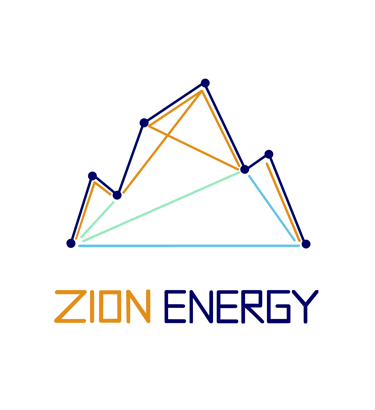Solar Inverters
Inverters are the heart of the solar PV System
This is your guide to Solar Inverters.
After reading this you will know about the various types of solar inverters, how they work and how they are integrated into your solar PV system allowing you to make a decision on which inverter type you want.
As with any technology, there are many types of inverters that all do the same fundamental job. However, each offers a unique benefit. Some features improve performance while some increase the user-friendliness.
Smart integration
The fundamental purpose of an inverter is to change DC electricity produced by the solar panels into AC electricity for use in your house, making it the heart of any solar PV system.
This sounds simple, and it is. That's all you "NEED" to know about inverters, but if you want to discover some of the clever bits and feel comfortable picking the right inverter for you, then keep reading.
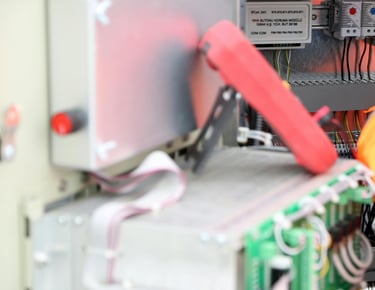

Better Efficiency
Precision Monitoring
Reduced Price

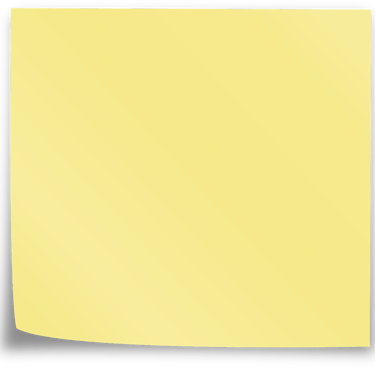


Which inverter is right for me?
A string of panels functions like one big panel. When we string panels together in series their voltages are added together however, the current for the string is taken as the lowest value that any of those panels is producing.
3 Key Principles:
An inverter's rating, typically in kW, refers to the output power.
The higher the output power the more solar energy your house can utilise at any instance.
For example:
A 3kW inverter at full output can power your 3kW kettle.


In the UK, it is most efficient to oversize your system. This means having a higher peak output from your panels than your inverter. Typically you want your inverter to be rated at around 80% of kWp.
To put it simply:
Panel rating x No. of panels = Kilowatt Peak (kWp)
kWp x 0.8 = Target inverter rating



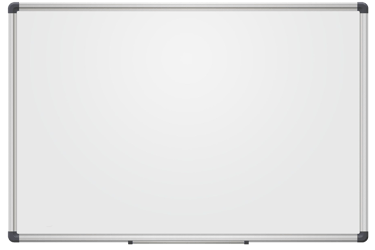


Therefore, the best inverter rating for this system would be a 3.4 kWp inverter. This is a little simplified as we haven't taken complications like shading, which would reduce the effective kWp, into consideration.
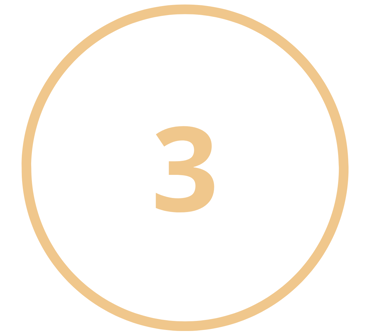

This means that the whole string is limited if one panel in a string is under-performing since;
So, if the current is low, our power output will also be low.




Look to the whiteboard for an example!


But don't worry, as you will see later, there are plenty of ways we can overcome this!
What does this mean?



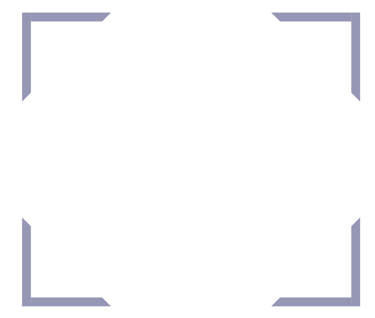
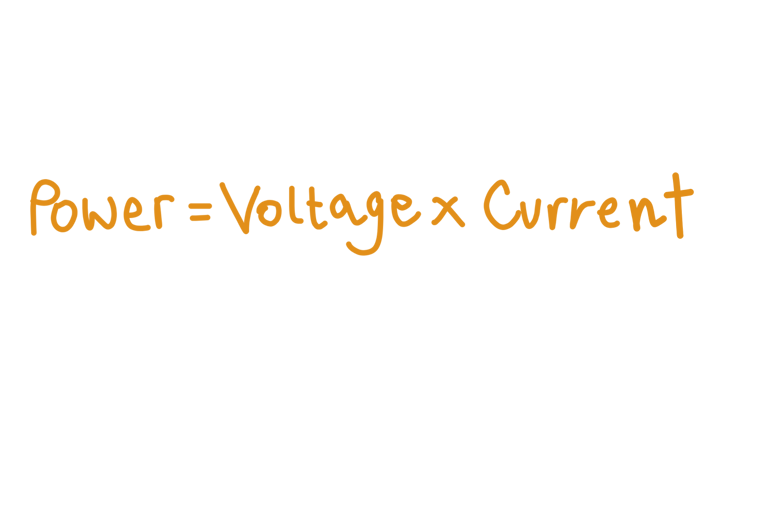

Before we continue, there are a few key details about inverters that will help you to understand the more complex aspects we will go on to discuss.

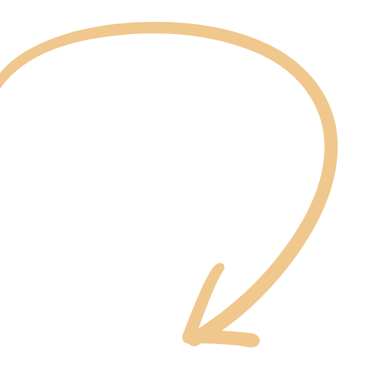


Here are the 6 Inverter Types:
String Inverters
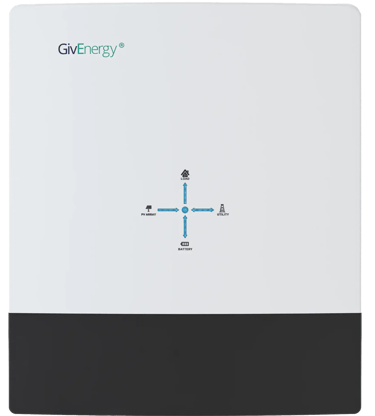

Continue reading for the benefits and drawbacks of each type.
Micro Inverters
Inverters designed for use with optimiser
Hybrid Inverters; for battery integration
Central Inverters; for large commercial systems
AC coupled Inverter; for retrofit batteries












String Inverters
These are the ‘standard’ inverters that have been used in most domestic and small-scale commercial installations in the UK over the last 20 years. It is often the cheapest option.


For these inverters, the panels are connected in series in what’s called a ‘string’. These strings usually consist of up to 14 panels with some larger inverters allowing up to 12 strings connected in parallel at the inverter.
The inverter 'optimises' the performance of each string using Maximum Power Point Tracking (MPPT).
Some string inverters offer better efficiencies than others for a more premium price. Additional features like live system monitoring and extended warranties will also increase the cost. String inverters do what's needed but fall short when more is required (more complex panel layouts, adding a battery etc.)
How they work
Diagram of basic string inverter system with a single string consisting of 3 panels.
Summary
Hybrid Inverters
Hybrid inverters are the most popular inverter type currently being installed. They combine solar (string) and battery inverters in one unit, simplifying the system. This extra feature does come at an additional cost over the typical string inverter.
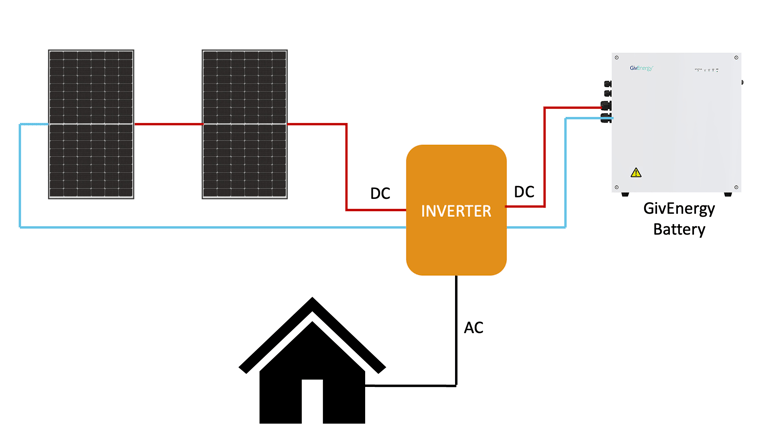

How they work
Diagram of hybrid inverter system with a single string consisting of 2 panels.
Summary
A hybrid inverter allows the DC electricity generated by the solar panels to be converted to AC for instant use or sent directly as DC electricity to the battery. This saves energy that would normally be lost in the conversion!
However, your power output is limited with the battery and solar panels utilising the same inverter. This could mean that when you have high loads in your home you will still draw from the grid even if the sun is shining and your battery is full.
Hybrid inverters are the best solution for the majority of situations. They are a more cost-effective way of including a battery in your system, allowing you to enjoy all their benefits. If you don't have high sustained peak loads in your home and you aren't adding a battery in retrospect, the hybrid inverter is the one you want.
Micro Inverters
These are super popular in the US and for a good reason. Micro-inverters have a tonne of premium benefits which are reflected in their premium price. One of the unique benefits is that they provide safer AC power from the back of the panel all the way to your fuse board.

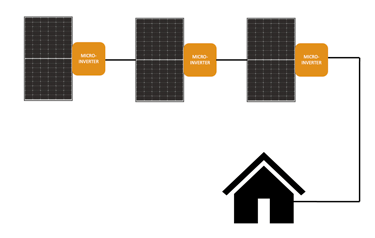
These smaller inverters are mounted on the back of each solar panel maximising the power output of each one. By finding the MPPT of each panel rather than each string, micro-inverters can increase the system production by 5-30%. This also comes with the additional benefit that if one panel fails you don't lose the production of the whole string.
Micro inverters come into their own on complex roof layouts where panels are at different orientations and inclinations or when there is shading. This is because they overcome the power loss you would typically see when there are a variety of current outputs on a single string.
The most popular micro-inverters are made by Enphase. Enphase micro-inverters promise increased output, 25-year warranties and panel-level monitoring. These benefits do come at an increased initial cost, but one more than worth paying.
How they work
Diagram of micro-inverter system with a single string consisting of 3 panels.
Summary
Enphase micro-inverter.
It is typically attached to the back of the solar panel. Converts DC power to AC to increase the safety of the system.
Click the inverter to find out more about Enphase!

Inverters with Optimisers
Optimisers enable panel-level power optimisation without having the inverter behind the panel in a hard-to-reach location. These systems cost more than simple string inverters but less than micro-inverter systems.
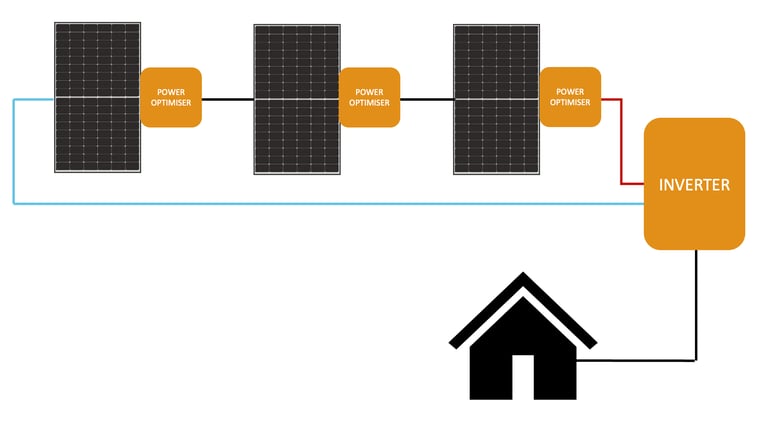

Optimiser systems are very similar to micro-inverter systems. Connecting a small optimiser behind each panel maximises the power of each panel increasing total system output. They should be considered an optional extra rather than a whole new system type.
Optimisers can mitigate all types of module mismatch-loss, from manufacturing tolerance to partial shading and ageing while offering real-time performance tracking.
SolarEdge is the company best known for optimiser systems. Their systems promise increased output, 25-year warranties, panel-level monitoring and advanced safety features, however, unlike micro-inverters you still have DC cable runs from the panels to the inverter.
How they work
Diagram of optimiser system with a single string consisting of 3 panels.
Summary
Click Here for more info on SolarEdge systems
AC Coupled Inverters (+ Batteries)
AC-coupled inverters are primarily used to add batteries to existing solar PV systems. They can also be of benefit when we expect there will be regular periods where the load in the house exceeds the inverter rating. Having your battery on a separate inverter increases the total output of your green technology (solar inverter output + battery inverter output).
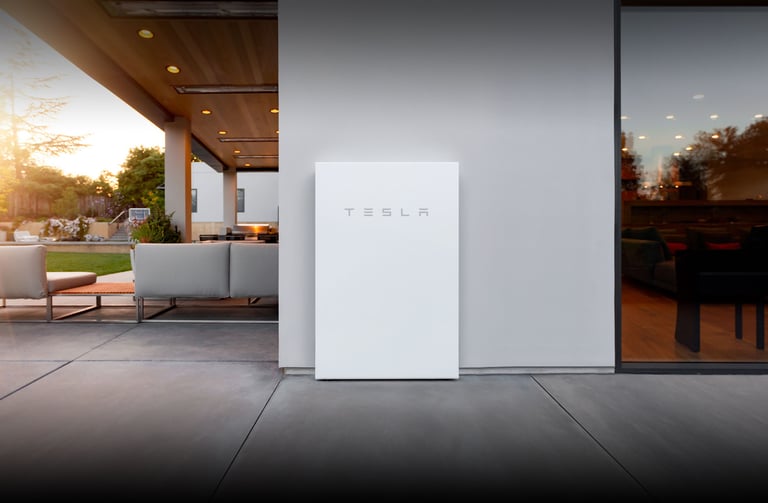

They are basic, like string inverters, and function to simply change AC into DC electricity to be stored in your battery and back into AC when needed around the house.
These are mainly installed with existing systems as they don't affect the old feed-in-tariff (FiT) readings while still allowing homeowners to enjoy the benefits of a home battery.
AC-coupled inverters need to be correctly sized to allow for effective utilisation of the battery storage they are connected to. AC-coupled batteries combine the battery and the inverter into a single unit so that over/under sizing is avoided.
The Tesla PowerWall and GivEnergy All-in-one are a few examples of AC coupled batteries.
How they work
Summary
Central Inverters
Central inverter units start from around 100kW in size and are therefore not relevant for domestic or small-scale commercial systems. They can be as large as 4MW and they are generally used on large-scale solar farms to ‘centralise’ power into one place.
String combiners are used to combine parallel strings of panels; these are then recombined to feed into the central inverter. The alternative is to use large numbers of small string inverters, creating a ‘distributed architecture’.

